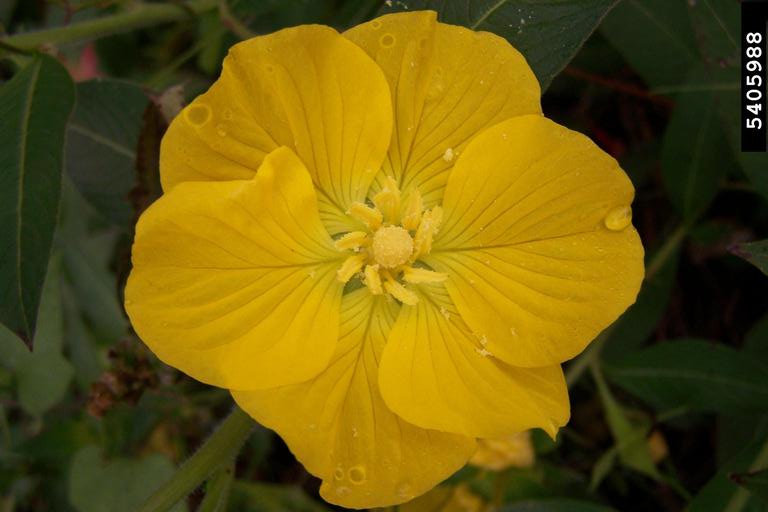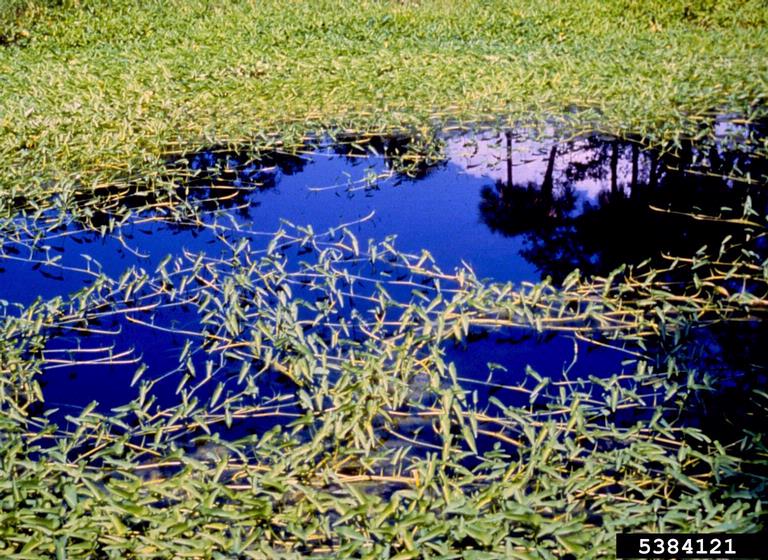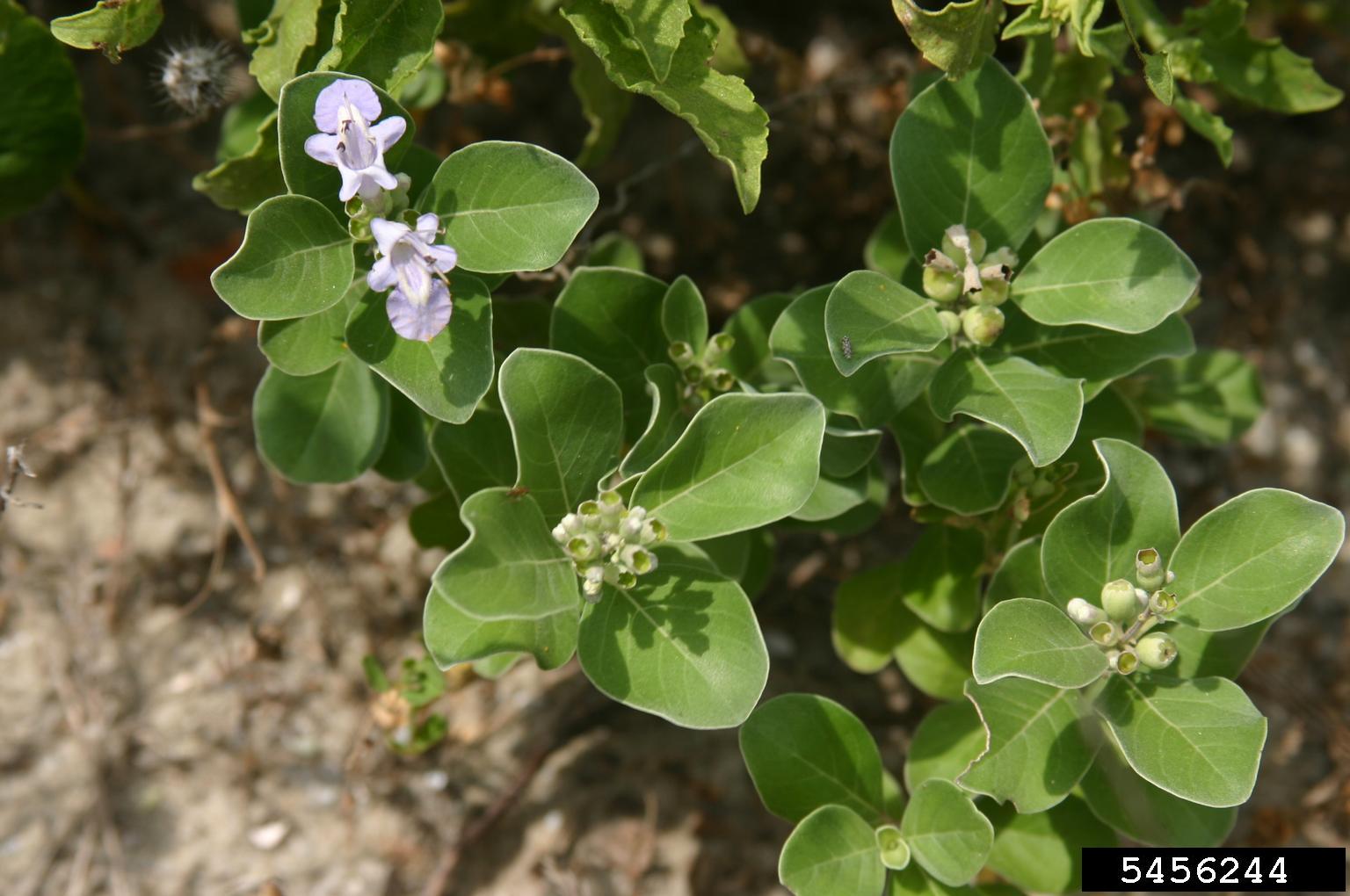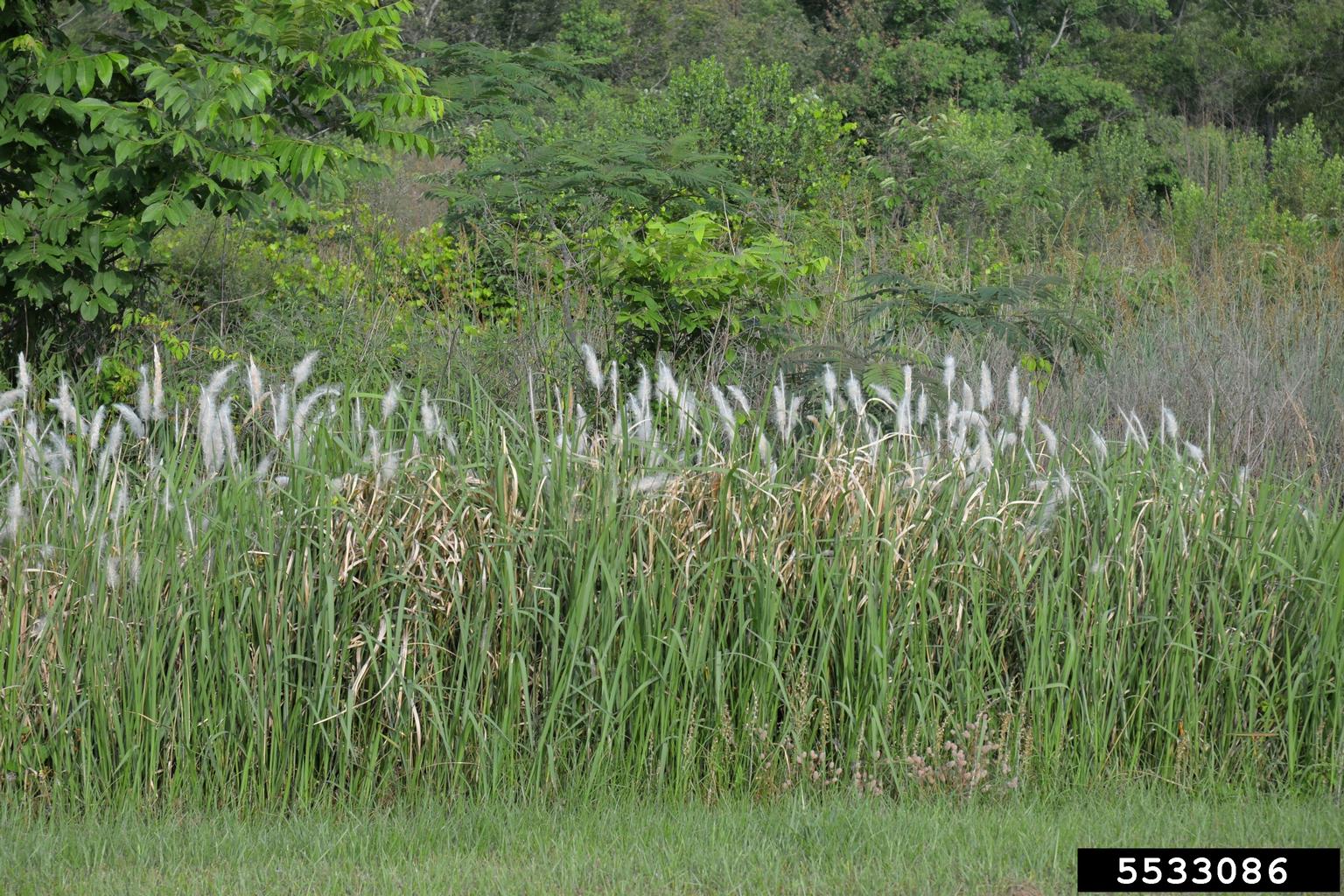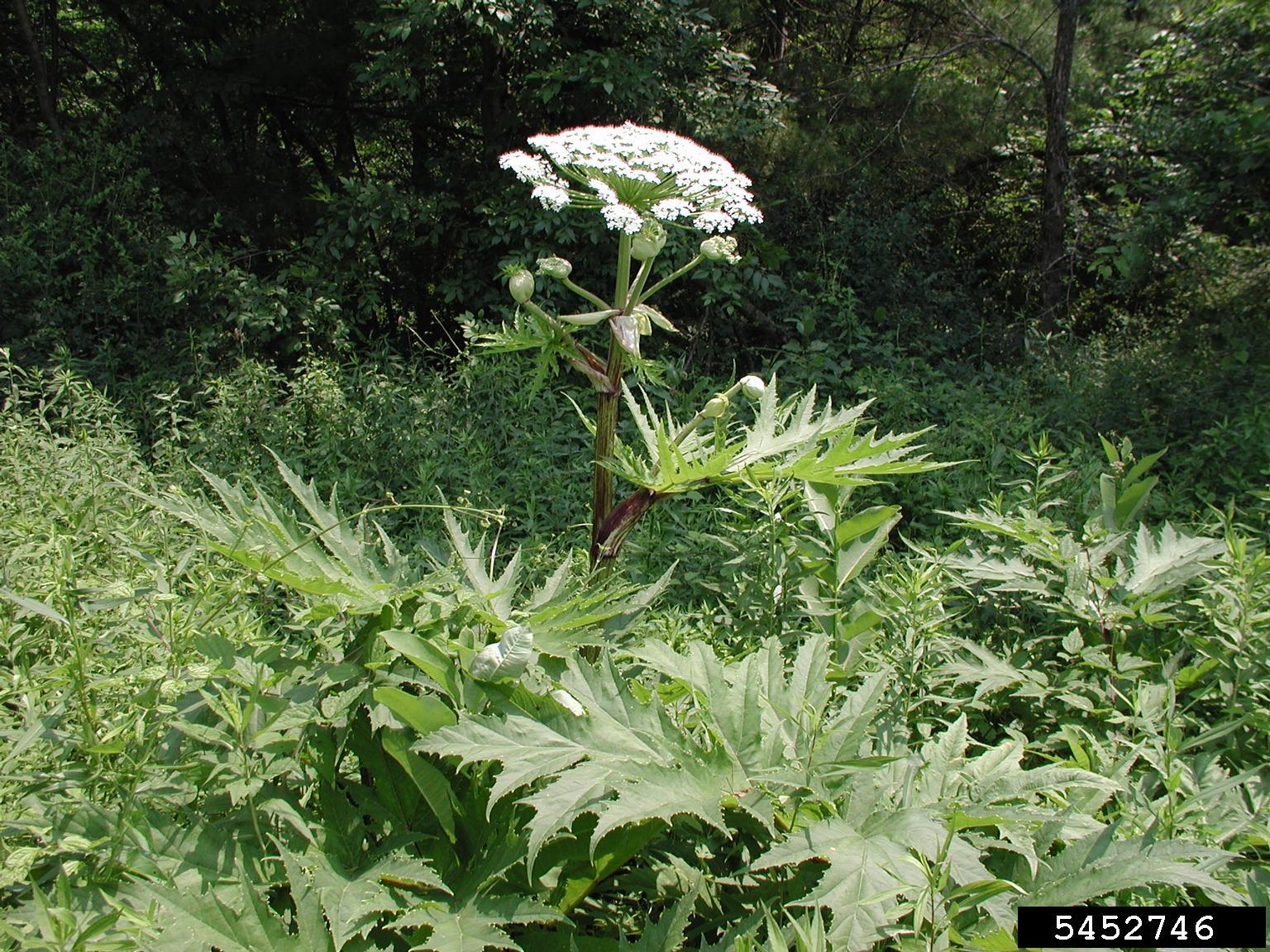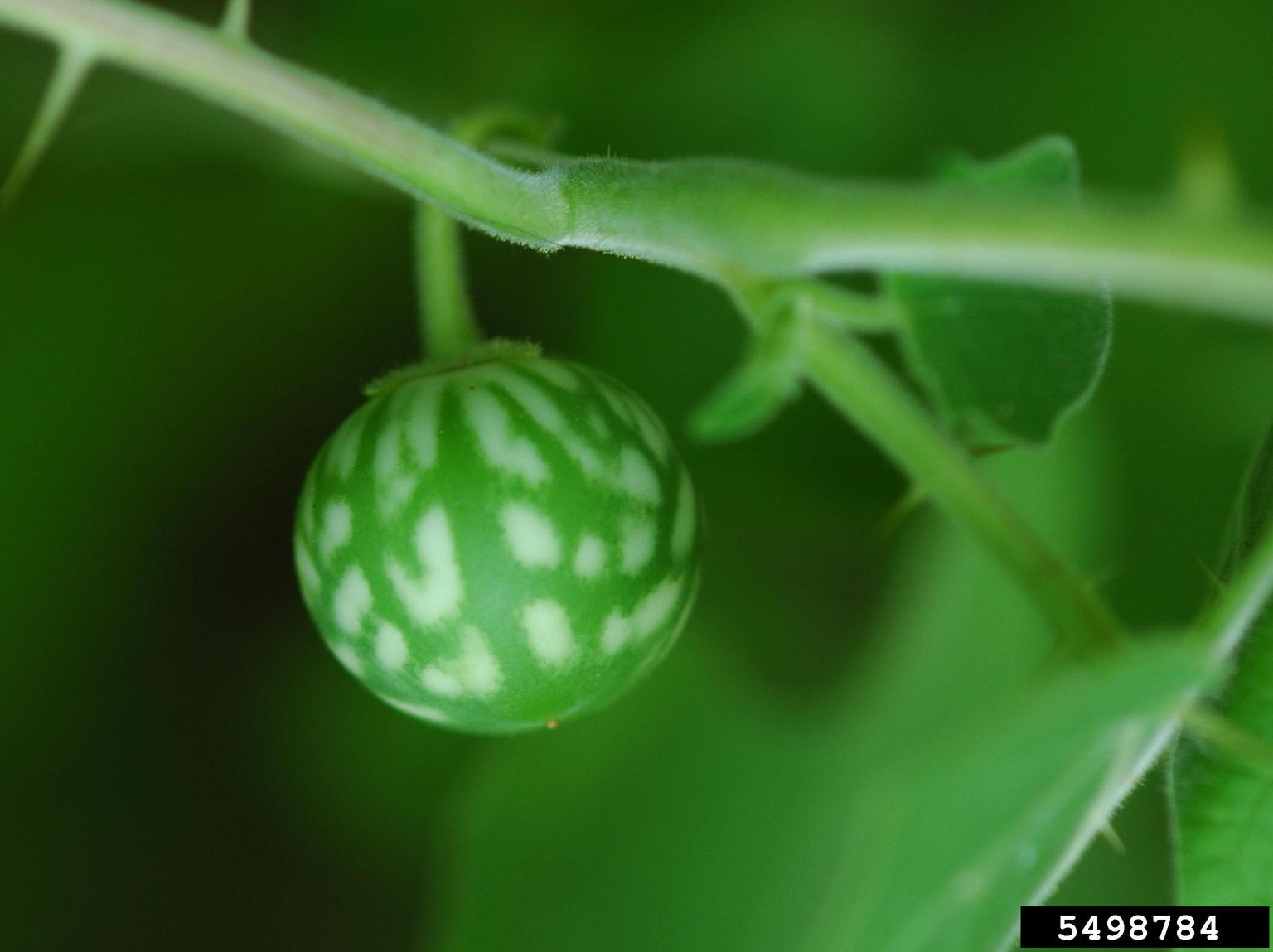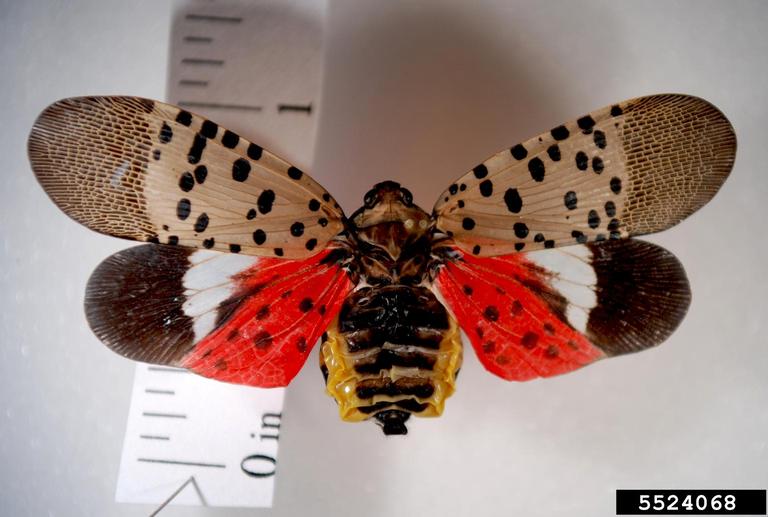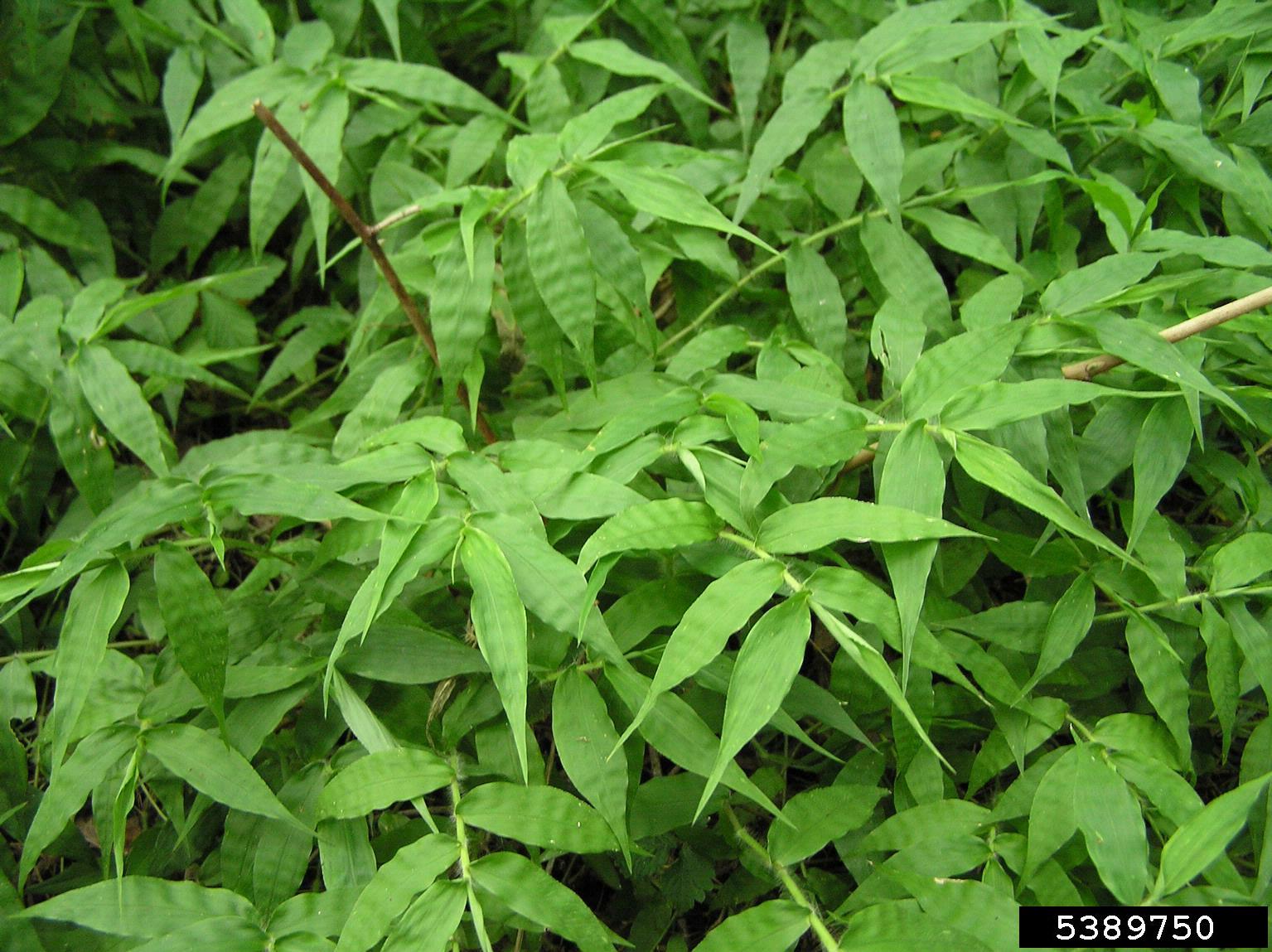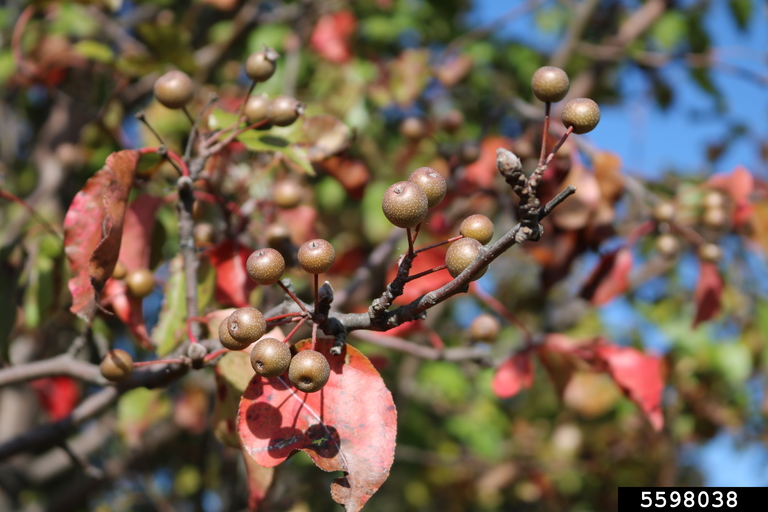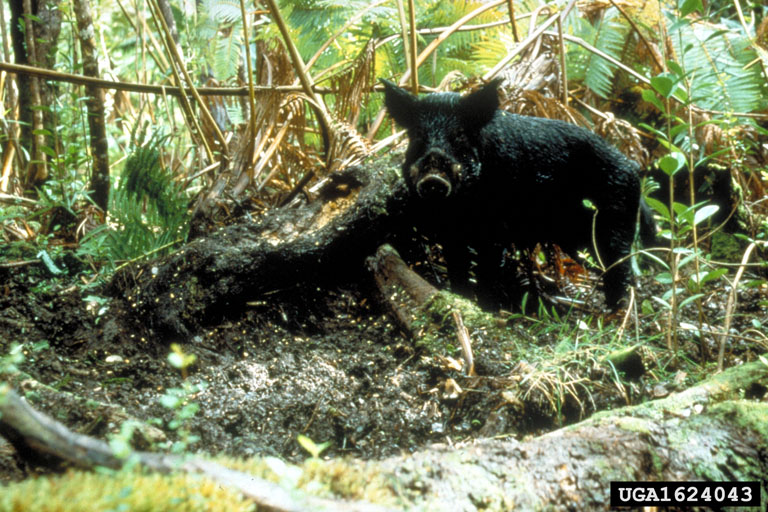
Invasive Species Profiles
Introduction
The following descriptions represent a diverse range of invasive organisms. The species included in this list meet one or more of the following criteria:
- are known to have significant economic impacts on agricultural ecosystems, public infrastructure or natural resources, including impact on recreational activities, or
- are widely recognized by biologists and resource managers to degrade natural ecosystems, or negatively affect native species, or have, or can have, deleterious effects on human health.
Early Detection Plant Species
Report discovery of these species immediately! > >
In this section are examples of invasive species not yet established in Virginia. Prevention is the key strategy for managing these species, sometimes referred to as "early detection" species. If found before becoming established in Virginia, the goal is to target them for rapid response. With sufficient resources, eradication may be possible for early arrivals.
Early Detection Animal Species
Report discovery of these species immediately! > >
Early Detection Fungal Species
 Sudden Oak Death / Ramorum Blight
Sudden Oak Death / Ramorum Blight
Recently Established Species
These species have recently become established in Virginia. Management efforts are aimed at slowing the spread.
Priority Species for Management
The species in this section are are established in Virginia. Ongoing monitoring, control, and management are the key strategies.
 Virginia Invasive Species
Virginia Invasive Species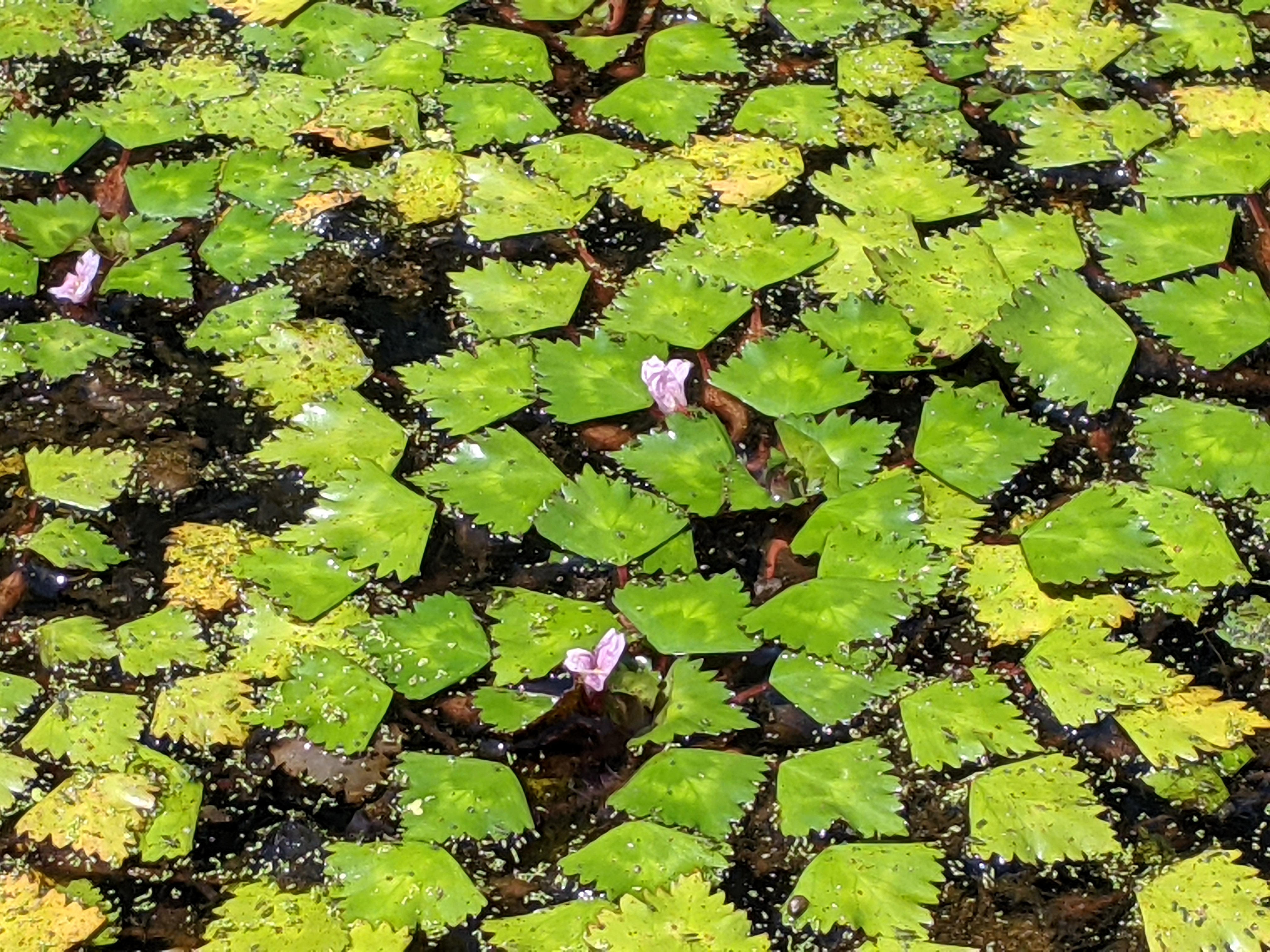
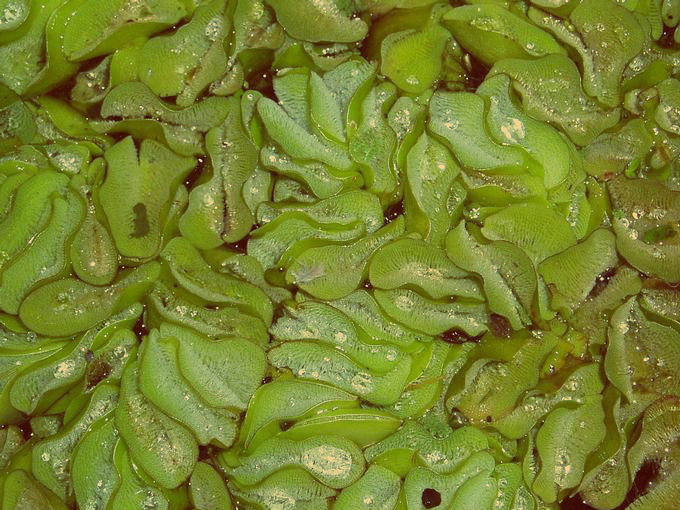
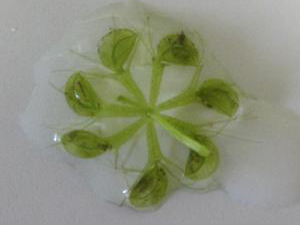
.jpg)
